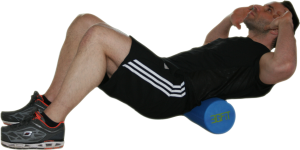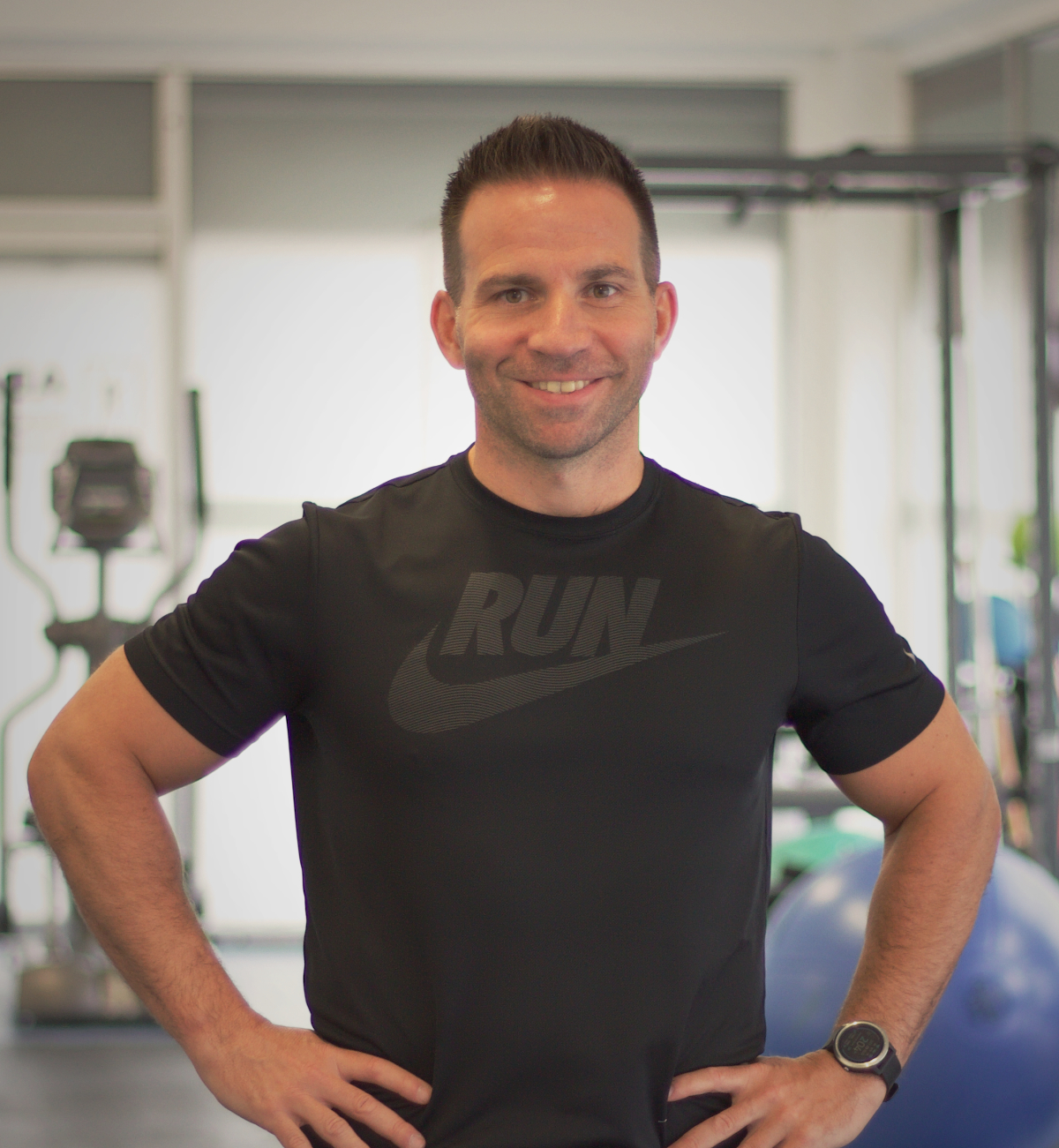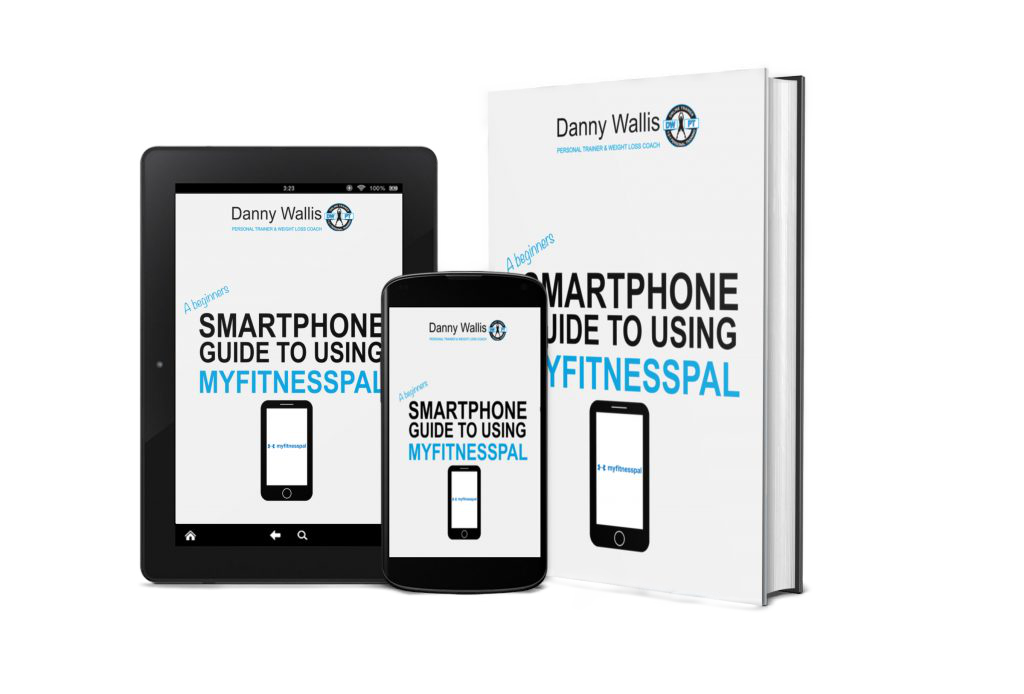“Sitting is the new smoking”… For me, that statement sums it up pretty nicely. I read on the BBC website recently on a report about muscular skeletal problems becoming more and more common.
I speak to clients about their aches and pains and considering my demographic is generally men and women in their 40’s, 50’s and 60’s people generally have the habit of blaming their discomfort on ‘getting old’.
Back Pain & Age
While age is certainly a factor on how the body changes, it is more probable all their age means is they have been more likely to have been repeating the same action of sitting with poor posture at their desks for much longer than someone younger, therefore, increasing the stress on the joints and soft tissues in the body. When a client complains of their left knee feeling sore and it’s down to getting old, my cheeky response is to ask how much younger their right knee is considering that one isn’t sore.
The reality is it’s not just sitting that hurts us but largely the way in which we sit. We all know it instinctively too. Anyone who has sat cramped up on a long haul flight or sat slumped in a traffic jam for hours on end knows full well when you stand up it is not as easy as it should be. Your knees are stiff, your back locks up and your shoulders feel like someone has been physically sitting on them. So, why is it a seemingly simple act of sitting quietly hurts us so much?
Specific Adaptation to Imposed Demands
Our bodies are incredibly clever and very much adapt to what we do to them. This is known as Specific Adaptations to Imposed Demands (S.A.I.D). We learn movement by following a pattern of specific movement, such as learning to swim or when we start walking as babies. We are also designed to become efficient at what we practice.
If you run regularly, you get fitter and better at running. If you lift weights, it will make you stronger. If you practice using your brain, you become more efficient at learning, increasing your intelligence. If you practice sitting, your brain will adapt your body’s posture to allow you to sit as efficiently as possible.
Unfortunately, this is where the problem starts. The human body is incredibly clever, always trying to save you energy. It’s a human survival mechanism which has evolved since the beginning of mankind. In the wild, we never know when our next meal will be and so our bodies adapt to saving us as much energy as possible to survive.
When you start running as a beginner it is hard work and tiring. Run regularly, however, and as your fitness increases the amount of effort required decreases making you more energy-efficient. The same applies to sitting. Our bodies will avoid the energy consumption of using muscle to stabilise you and hold you upright if you have a perfectly good chair to slump into saving you valuable calories.
Poor Mechanics
In one week there are 168 hours. If you consider we sit to eat breakfast, sit in the car, bus or train to work, sit at our desks, sit to travel home, sit to eat dinner and then sit to relax in the evening after work in front of the TV… Many of those 168 hours are filled with coaching the body to hold itself in a very specific sitting based position.
When we sit, the muscles which support and stabilise us while stood up and moving around don’t have the need to work as hard as the chair becomes our support instead. This has several outcomes over long periods of time… Largely, a change in your posture.
First of all, your muscles will begin to tighten, specifically the ones on the front of the body. The chest muscles shorten pulling the shoulders forward causing rounded shoulders and placing increased stress on the upper back, shoulder joints and neck.
The hip-flexor and quadriceps muscles on the front of the thighs cause the pelvis to tilt causing increased stress on the knees and lower back. The abdominal’s weaken resulting in poor core strength which increases the likelihood of back pain while the glute’s (backside muscles), spine stabilizers and shoulder-blade muscles all stretch and weaken causing tightness, discomfort and limited movement which, in my business, is known as ‘Reciprocal Inhibition’.
In simple terms, this means the shortening of the muscles on the front of the body have caused the back muscles to stop working properly.
The outcome of all this can result in muscular tension and repeated stress injuries, such as; tendonitis and inflammation based joint problems, i.e. bursitis, tennis elbow and carpal tunnel syndrome of the wrists and hands.
Sitting slumped also causes our spines to curve excessively which in turn causes the discs which act as shock absorbers between the vertebrae to compress. Over time, this can cause the discs to lose their plump, cushioned properties and weaken the spine. This outcome can then lead to sciatic pain, ruptured discs and chronic back pain due to poor health of the spinal column.
How To Remedy Office Back
The first thing you can do to remedy all of this is exercise. Regular stretching, mobilising and moving of the major joints of the body will encourage the muscle length to stay long and flexible whilst strength training will help iron out any muscular weaknesses. Addressing the muscles which are weak and tight by both stretching and strengthening them will help you massively.
 Sports massage or foam rolling can also help. Massage or using the foam roll will help take the tension and stress out of the body easing your stiffness, enabling better flexibility through the joints and help reduce your muscular pain. Most gyms these days have foam rolls or you can pick them up cheap online to use at home. Check out my post ‘How to Fix Your Sore Office Back: Making Muscle tension a Thing of The Past’ for a full foam rolling programme specifically for this problem.
Sports massage or foam rolling can also help. Massage or using the foam roll will help take the tension and stress out of the body easing your stiffness, enabling better flexibility through the joints and help reduce your muscular pain. Most gyms these days have foam rolls or you can pick them up cheap online to use at home. Check out my post ‘How to Fix Your Sore Office Back: Making Muscle tension a Thing of The Past’ for a full foam rolling programme specifically for this problem.
The last and most important thing you can do is to re-program your subconscious to learn to behave differently and, therefore, address the problem directly.
Our analytical mind is controlled by our conscious brain. It’s your conscious brain you are using while you work. The challenge is our breathing, heart beat, digestion, posture and habits are all controlled by our subconscious brain. The problem with that mean we very often are not aware of what we are doing, when we are doing it. The way we sit is a good example of this.
We can, however, re-program our minds by creating new behaviours over old ones. For that to happen we need a new habit and to create a new habit we need continued practice of the desired behaviour for the brain to go from doing it consciously to doing it subconsciously.
Create Triggers
You can start by setting little ‘triggers’ to remind you to stop slumping and to sit up straight with good posture. Every time your phone rings, when an email comes through or when someone comes to your desk to speak with you could be your reminder to consciously sit tall, relax and drop the shoulders, addressing the way you hold yourself. In order to be effective it needs to be regular and consistent practice as many times a day as possible every single day. It doesn’t matter what the trigger is as long as there is one which works for you.
If you neglect to adopt a habit creating trigger you are undoubtedly leaving the health of your body to your subconscious which, in turn, will only do what it already knows which is why it may hurt in the first place.
So, if you are someone who experiences knee discomfort, back ache, headaches, sore shoulders or repeated stress injuries, the chances are the cause is not your age… It’s probably your Office Back.



I recently had a back issue and I tried the roller foam. A couple of hours later my knees gave out and I hit the deck in blinding pain. After a few hours it subsided but my guess is that the foam, even though good, it can over-stretch and cause some more issues than the one you started with.
Hi Tim,
Wow that doesn’t sound good! It is advisable to remember that when foam rolling, you should never foam roll the actual spine itself and stay focused on the muscles and soft tissues and not across the joints. Incorrect use can often be quite painful.
How we sit is so important and you’re right, correcting our posture makes a big difference. I do a yoga routine which helps. Are there any specific exercises you’d recommend?
Hi Pat, that’s great to hear! Yoga is such a fantastic way to stay supple. The best exercises would be anything that addresses extension and rotation of the spine, stretching the hamstrings and keeping the glute muscles supple. I have found a website with some good examples of these for you. Hope it helps! http://breakingmuscle.com/yoga/heal-your-lower-back-pain-with-these-5-yoga-poses
Hi Danny
I couldn’t agree more, my lower back has been hurting and I’m sure the reason is the way I sit when on my computer and sitting in general, thanks for confirming that Danny.
By the way I have done 3 long walks in the last few days and feel all the better for it
I love your blog
Jeanne
Hello Danny
All the time my mother asks us to keep our posture correct. I feel that the way we sit makes a lot of difference and if we are not in proper position then for sure will be in trouble. Thank you for nice share.
Very informative post.
Hi and thank you for your comment! Your mother sounds like a very smart lady… Thank you for reading.